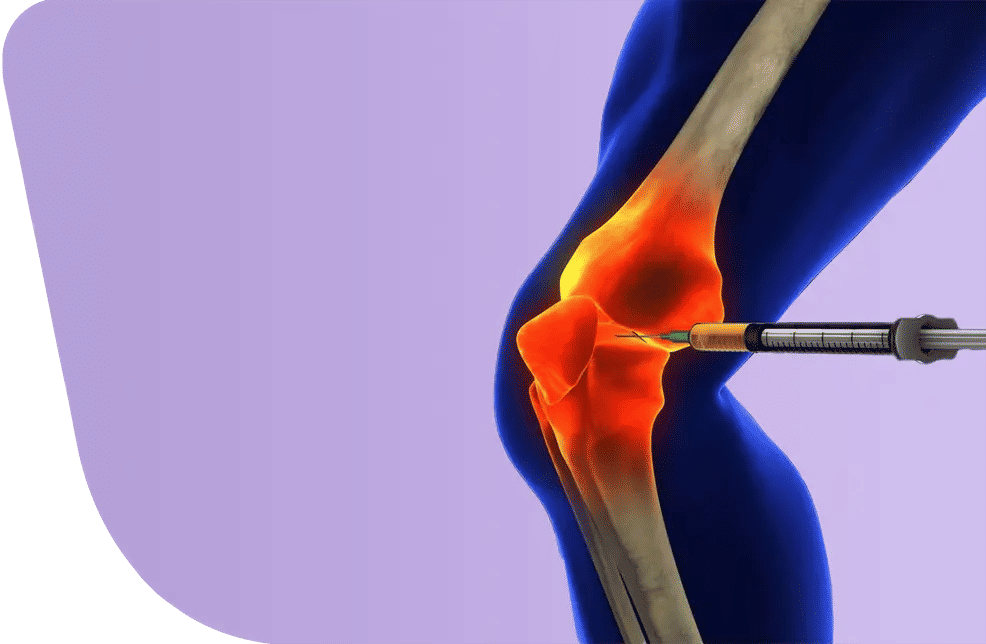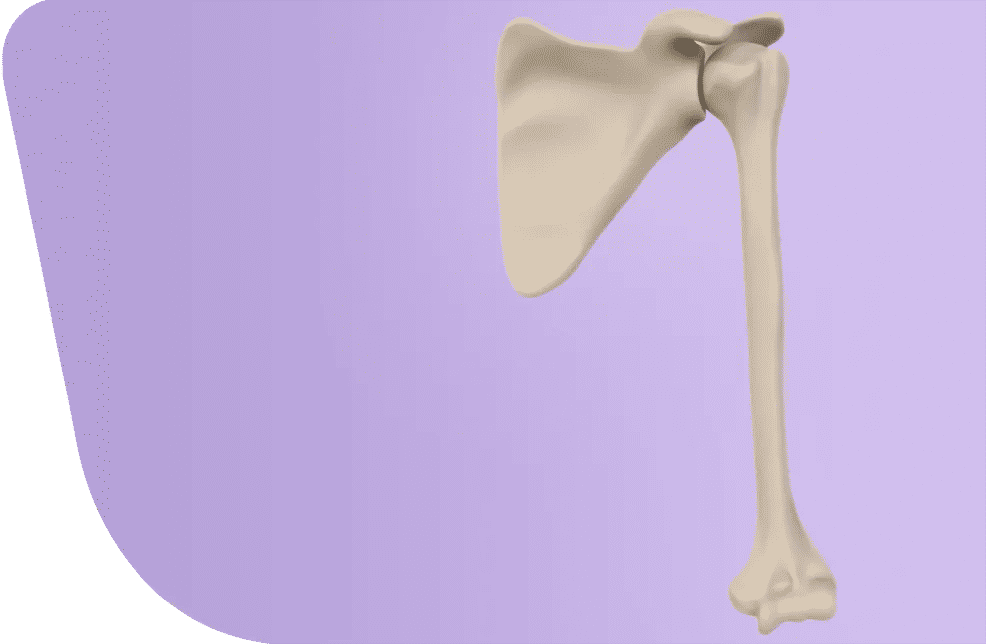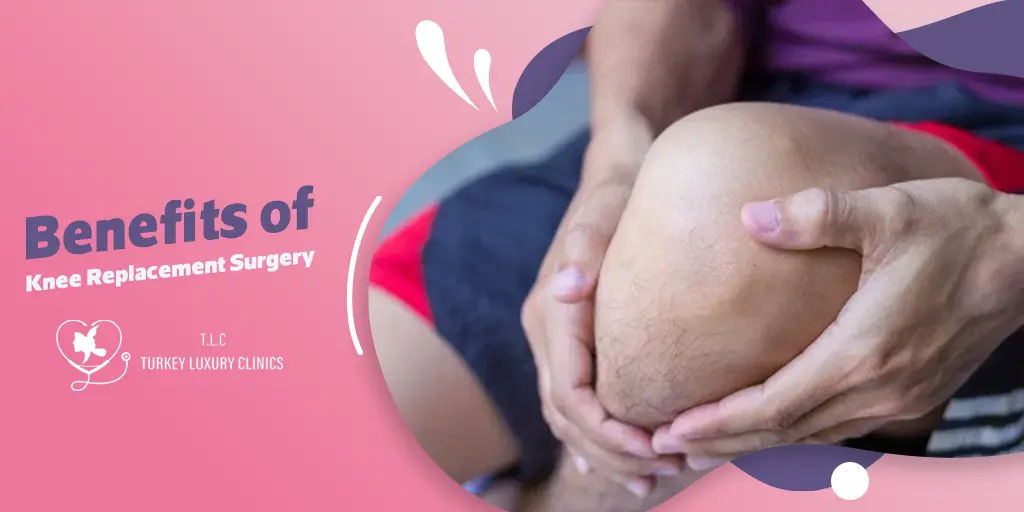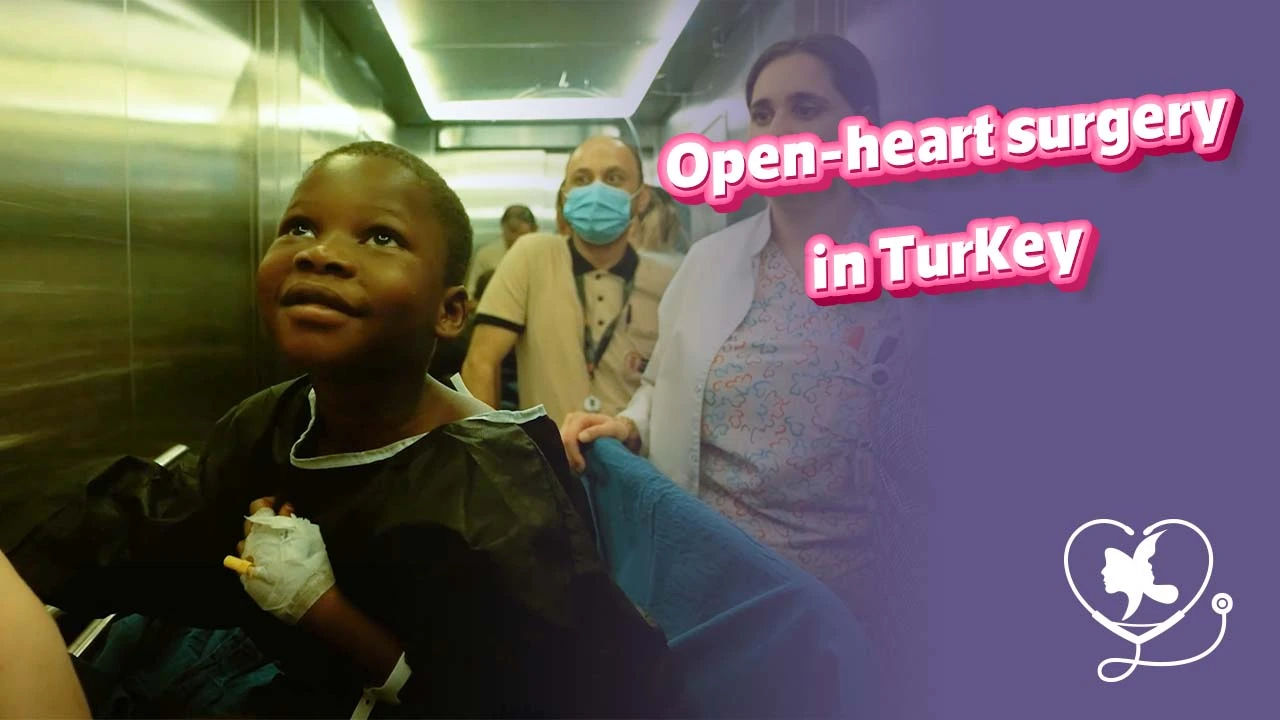- - What is Precice Nail?
- - What is Precice Nail Limb Lengthening?
- - How Much Does Precice Nail Limb Lengthening Cost?
- - Advantages of Precice Nail Over Other Fixators
- - How the Precice Nail Limb Lengthening Works
- - Step by Step Precice Nail Limb Lengthening Surgery
- - Precice Nail Recovery and Bone Lengthening Timeline
- - Aftercare and Living with the Precice Nail
- - Precice Lengthening Nail Removal Surgery
- - Risks and Complications of Precice Nail Limb Lengthening
- - FAQS About Precice Nail Limb Lengthening
Limb lengthening for medical or cosmetic height increase has become increasingly popular as modern medical technology continues to evolve. Thanks to state-of-the-art internal fixation with intramedullary devices, bone elongation is now more precise, comfortable, and efficient than with external fixation before.
These internal fixator nail–guided systems, such as the Precice nail and Fitbone limb lengthening, have widely replaced traditional external fixators that once restricted movement and made daily life during recovery far more challenging.
What is Precice Nail?
The Precice nail is an internal magnetic lengthening rod surgically implanted inside a bone, such as the femur or tibia. The Precice femoral nail is specifically designed for lengthening the thigh bone (femur), typically allowing for maximum femur elongation of 8 cm over several months.
The Precice tibial nail is used for controlled tibia bone lengthening, usually achieving 5–7 cm of height gain with a total recovery period of about 9 to 12 months.
The Precice nail, developed by the American company NuVasive, is an innovative device used in limb lengthening surgery to gradually extend the bones, allowing patients to gain height without relying on bulky external fixators. This advanced system utilizes a fully implantable magnetic intramedullary rod that provides controlled and precise bone elongation.
Read more about: How to Get Taller Surgery: A SafeExpert Step-by-Step Guide 2025
What is Precice Nail Limb Lengthening?
Precice nail limb lengthening is a modern height-increasing surgical procedure that uses an internally implanted, magnetic, telescopic rod to gradually and precisely lengthen bones, most commonly the femur or tibia, to achieve height increase.
During Precice nail surgery, the rod is inserted into the bone marrow, and the bone is carefully cut. The incision is then sutured, allowing the healing process and controlled bone elongation to take place over a recovery period that usually lasts about a year.
Throughout recovery, the patient operates an external remote controller to activate the Precice intramedullary nail, which gradually extends the rod and lengthens the bone, resulting in increased limb length.
How Much Does Precice Nail Limb Lengthening Cost?
The cost of Precice nail surgery varies widely, ranging from $28,500 to over $125,000, with maximum costs reaching up to $250,000 for bilateral leg procedures, depending on the country, surgeon, and hospital. In the U.S., single-leg procedures typically start at around $54,000, while in Turkey, the cost is approximately $28,000 per leg, about 50% lower than in the U.S. without compromising quality.
Turkey is renowned for its advanced medical facilities, experienced bone surgeons, and modern limb lengthening technology, making it a popular choice for international patients seeking affordable, high-quality care.
Many clinics offer all-inclusive packages covering surgery, consultations, medical support, accommodation, transfers, and translation services, making limb lengthening in Turkey both convenient and affordable for international patients.
Here is a comparison of estimated costs for different Precice nail limb lengthening procedures in the USA versus Turkey:
| Procedure Type | Cost in the USA | Cost in Turkey |
| Bilateral femur lengthening (both legs) | $75,000 – $95,500 | $28,000 – $55,000 |
| Bilateral tibia lengthening (both legs) | $81,000 – $106,000 | $28,000 – $55,000 |
| Single leg procedure (femur or tibia) | $54,000 – $66,000 | $28,000 – $55,000 |
| Combined femur and tibia lengthening (both legs) | starts at $190,000 | $50,000 – $70,000 |
| Nail removal | $12,000 – $25,000 | $5,000 – $8,000 |
Advantages of Precice Nail Over Other Fixators
The Precice nail limb lengthening system offers major benefits over traditional external fixators. Its fully internal design reduces infection risk compared to external pins. The minimally invasive procedure uses a small incision (about 2–3 cm), ensuring minimal scarring.
Magnetic control allows precise millimeter-level bone elongation for both femur and tibia lengthening. Without external hardware, patients enjoy better aesthetics, confidence, and comfort during recovery, while also experiencing improved mobility and easier walking throughout the limb lengthening process.
How the Precice Nail Limb Lengthening Works
According to the NuVasive Precice nail technique guide, the system operates through a fully implantable magnetic intramedullary nail designed to lengthen bones in a controlled and predictable manner.
The NuVasive Precice nail is a surgically implanted rod that uses a magnetic mechanism to gradually lengthen the bone from within. The Precice nail technique is controlled remotely by an external handheld unit operated by the patient.
The External Remote Controller (ERC) is placed over the limb, where its magnet interacts with the internal gear system inside the nail. This controlled rotation slowly extends the telescoping nail, and as the nail lengthens, it gently pulls the bone along with it, enabling gradual, minimally invasive limb lengthening.
Following a predetermined height increase schedule during the recovery and consolidation phases, patients activate the magnetic mechanism to slowly lengthen the bone in small, controlled increments, promoting natural bone regeneration and alignment.
Step by Step Precice Nail Limb Lengthening Surgery
Preparation before surgery: The surgeon plans the lengthening schedule and prepares the thigh (femur) or shin (tibia) bone.
Surgical procedure:
- Incision: A small incision is made. For femoral elongation, the incision is at the hip (antegrade insertion) or knee (retrograde nail insertion). For tibial elongation, the incision is made at the top of the tibia near the knee.
- Osteotomy: The bone is carefully cut, and the internal lengthening rod is inserted.
- Intramedullary placement: A precise channel is created in the bone marrow, the nail is inserted, and the external remote controller (ERC) is positioned under the skin. The incision is then closed and the recovery period starts.
Precice Nail Recovery and Bone Lengthening Timeline
1. Initial Recovery (5–7 days):
After surgery, patients typically spend 1–2 days in the hospital for monitoring. The initial recovery lasts about 5–7 days at home, focusing on incision care, pain management, and gentle exercises to prevent stiffness.
2. Consolidation Phase (3–6 months or more)
Consolidation, also called the distraction phase, is the phase of the bone elongation process. During the limb lengthening phase, patients gradually activate the internal magnetic nail with the external controller according to a schedule determined by their surgeon, typically increasing by 0.3mm per day. For checkup of elongation progress, patients attend regular X-rays and follow physiotherapy to maintain mobility and muscle strength.
3. Bone Hardening (6–12 months or more):
The bone hardening phase lasts around 6–12 months, during which the new bone fully consolidates. Patients gradually increase weight-bearing, progressing from assisted walking to full activity, while continuing rehabilitation to restore strength, flexibility, and balance. Once fully healed, normal daily life and physical activity can be safely resumed.
Aftercare and Living with the Precice Nail
Aftercare for the Precice nail involves wound care, pain management, and a structured physical therapy and weight-bearing plan to promote bone healing and lengthening.
Pain management:
Mild to moderate pain is normal during the recovery process. The most intense discomfort occurs in the first few days after surgery and during the lengthening process, felt as a deep ache. As the bone gradually stretches, surrounding nerves, muscles, and blood vessels may cause additional aching, often worse at night. Prescribed pain medications help control this pain effectively.
Walking and mobility:
Patients typically begin mobilizing with crutches or a walker within 12–24 hours after surgery. During the lengthening phase, full weight-bearing is avoided, and two crutches are used while performing guided exercises to preserve joint flexibility and muscle strength.
Full weight-bearing without assistance is generally allowed once the new bone has sufficiently consolidated, usually after 3–4 months, with ongoing physical therapy to improve gait, balance, and overall limb function.
Patients can perform routine activities with care and follow physiotherapy exercises to ensure proper bone regeneration, alignment, and overall recovery.
Diet during recovery
Focus on a diet rich in calcium, protein, and Vitamin D to support bone regeneration. While avoiding smoking and alcohol, as they can slow healing and bone formation.
Precice Lengthening Nail Removal Surgery
Once the bone has fully healed and the newly formed bone is strong enough to bear full weight, the internal lengthening rod can be safely removed. This typically occurs 12 to 18 months after the initial surgery.
After removal, patients can walk with full weight bearing immediately, and the bone continues to function normally. At this stage, the limb lengthening process is fully completed, and patients can safely resume normal physical activities.
Risks and Complications of Precice Nail Limb Lengthening
Bone lengthening failure is generally uncommon with the Precice nail system, thanks to its precise magnetic control and minimally invasive design.
However, as with any surgical procedure, certain risks may still occur. Possible complications of Precice nail limb lengthening include delayed or failed bone healing, infection, nerve irritation or damage, and blood clots. Some of these are mild and temporary, while others may require medical intervention.
In rare cases, delayed bone healing can lead to joint stiffness or partial dislocation, particularly in the knee area. More serious but less common complications include deep infection (osteomyelitis), nerve or muscle tissue injury, or blood clots and embolism.












.webp)
.webp)
.webp)
.webp)

